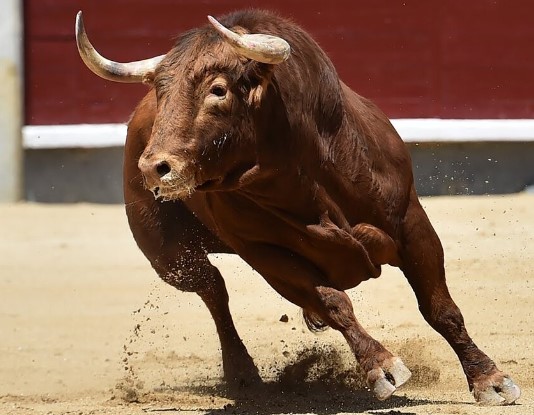Rubber Castration Rings: A Safe and Effective Tool in Veterinary Practice

Photo is illustrative in nature. From open sources.
Castration is one of the important procedures in animal husbandry, performed to control the population, improve the quality of MEAT and the behavioral appearance of animals. Rubber rings have become a popular tool for performing this procedure in many veterinary practices. In this article, we will look at the benefits, technique, and animal care of using rubber castration rings.
1. Safety and Efficiency
Rubber rings provide a safe and effective method for castrating young animals. This method is based on the principle of restricting blood supply to the scrotum, which leads to neutralization of the seminal glands and subsequent rejection.
2. Minimizing Blood Loss
One of the main advantages of rubber rings is their ability to minimize blood loss during the procedure. The rings put pressure on the vessels, preventing unnecessary blood loss and creating more favorable conditions for healing.
3. Simplicity of Procedure
The castration procedure using rubber rings is usually quick and simple, allowing veterinarians and farmers to perform multiple procedures in a short period of time. This is important when working with large herds.
4. Minimal anesthesia
Unlike some other castration methods, rubber rings minimize the need for anesthesia for animals. This reduces stress for the animals and saves resources.
5. Safety for Veterinary Personnel
The use of rubber rings also reduces the risk of injury and bites from animals, making this method safe for veterinary personnel.
6. Disease Prevention
Castration using rubber rings helps prevent certain diseases associated with the reproductive system in young animals. This helps improve the overall HEALTH of the herd.
7. Technological Innovation
Modern rubber rings feature technological innovations such as special designs that provide more efficient and safer applications. Such improvements may include improved materials and shapes that prevent tissue compression.
8. Healing and Rehabilitation
After the castration procedure, it is important to ensure proper healing and rehabilitation of the animals. The rubber rings allow the scrotum to naturally release, and the healing process is usually rapid.
9. Compliance with Ethical Standards
Rubber ring castration helps maintain ethical standards in veterinary practice by providing a more humane and safe approach to performing the procedure.
10. Training and Enlightenment
An important aspect of the successful use of rubber rings is training veterinary staff and farmers in the correct technique for using them. This helps avoid mistakes and ensures optimal results.
In conclusion, rubber castration rings provide an effective and safe option in veterinary medicine, maintaining high standards of animal welfare and providing a practical solution for farmers and veterinary professionals.
Read together with it:
- Rubber rings for castration - 10 interesting factsTen interesting facts about castration rings 1. Innovative Invention Rubber castration rings are an innovative veterinary and agricultural invention designed to improve livestock management. 2. Elastic and DurableThe rings are made from elastic materials such as latex, providing strength and durability during the castration process. 3. Mechanism PrincipleThe castration procedure using rubber rings...
- Rubber rings for castrationIn agriculture, looking after livestock welfare is a priority to ensure productivity and improve the quality of livestock production. One of the methods for managing livestock and improving MEAT quality iscastration , and rubber rings have become an effective tool in this process. Principle of operation Rubber castration rings are elastic, durable rings that fit onto the testicles of young male fa...


